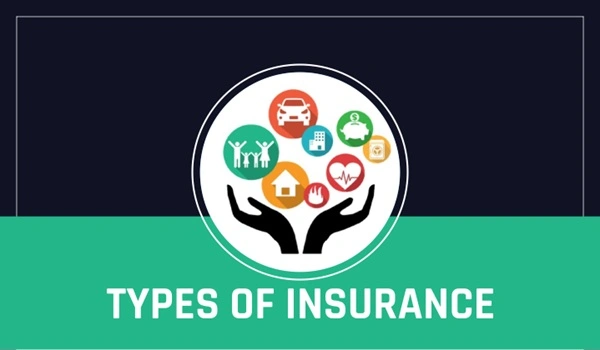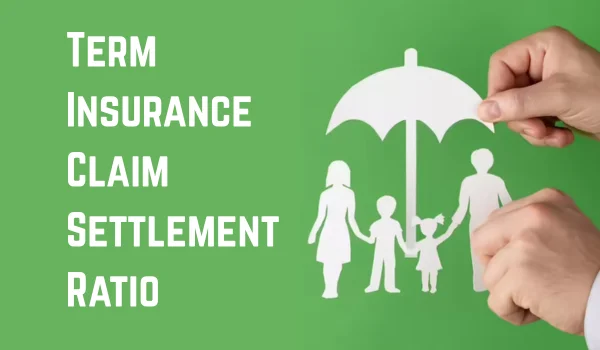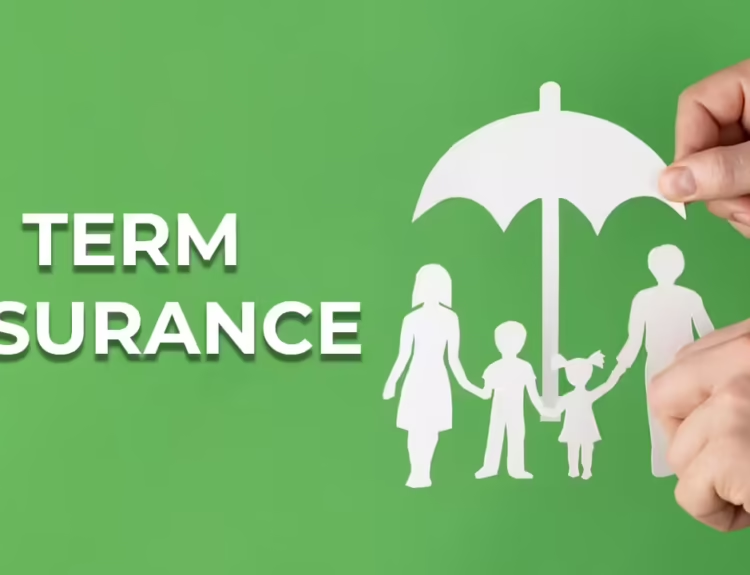When I first started advising friends and small business owners about financial planning in Delhi, one question came up again and again: “What kinds of insurance should I have?” It turns out the answer isn’t simply “life, health, motor” — in India the insurance marketplace is wider and more nuanced than most people realise. Whether you’re an individual, a family, or a business, understanding how many types of insurance exist—and how they differ—can help you make smarter choices. In this article, we’ll explore the major categories of insurance in India, what they cover, and why you might need them. After reading, you’ll be better equipped to decide what kinds of insurance you should consider.
Broad Categories of Insurance in India

Insurance in India broadly falls into two major regulatory buckets, as defined by the Insurance Regulatory and Development Authority of India (IRDAI):
- Life Insurance — Insurance covers life risk (death, disability), and often savings/investment component.
- Non-Life Insurance (often called General or “Non-Life/General” Insurance) — Includes health insurance, motor insurance, property insurance, liability insurance, marine insurance, etc.
Within these two broad categories, there are numerous types of insurance policies designed for different risks, needs and users.
Key Types of Insurance (Major Varieties)
Here is a breakdown of the prominent types of insurance policies available in India, with a brief explanation of each.
- Life Insurance
- Covers death risk (and sometimes disability or critical illness) of an individual. For example: term life, whole life, endowment, unit-linked insurance plans (ULIPs).
- Often used for protecting family, planning for children’s education, retirement.
- Important for almost everyone who has dependents or wants savings + protection.
- Health Insurance (Medical / Hospitalisation)
- A type of non-life insurance covering medical expenses, hospitalisation, possibly outpatient care, critical illness.
- In India this has become indispensable given rising healthcare costs.
- Comes in different varieties: indemnity (actual expenses) vs benefit (fixed sum) basis.
- Motor Insurance
- Insurance covering vehicles (cars, bikes) for third-party liability, own damage, comprehensive cover.
- In India, third-party liability cover is mandatory for vehicles on public roads.
- Property / Home / Fire Insurance
- Insurance that covers buildings, contents, fire, natural disasters, theft, burglary etc.
- Valuable for homeowners, businesses with premises, shops, warehouses.
- Includes sub-types like “Standard Fire & Special Perils” policy.
- Liability Insurance & Specialty Non-Life Insurance
- Covers risks where you may be legally liable to third-parties: public liability, product liability, professional indemnity, directors & officers liability etc.
- Also includes more specialised risks such as marine insurance, crop insurance, aviation insurance, surety bonds etc.
- Others / Emerging Insurance Types
- Insurance for specific risks: e.g., gadget insurance, travel insurance, cyber insurance, crop/agrarian insurance.
- These may be lesser known to many everyday consumers in India, but important depending on your lifestyle or business.
How Many “Types” Are There?
If you ask “how many types” of insurance exist in India, the practical answer is: many. But if you group them at high level you can say:
- At the top level: 2 broad categories (Life and Non-Life).
- Within Non-Life, 3-5 major types (health, motor, property, liability/specialty) plus emerging niche types.
- Within each of those, further sub-types (for example, in life – term life, endowment, ULIP; in health – indemnity vs benefit; in motor – third-party vs own-damage vs comprehensive).
From a consumer’s perspective, you might focus on 5-6 major types initially (life, health, motor, property, liability, travel/cyber) and then expand from there depending on your needs.
Why This Classification Matters – My Experience
When I worked with a friend’s startup in Mumbai, they assumed “insurance is just life + health”. They missed risks related to property (the office premises) and third-party liability (clients visiting the office). When a small fire affected their stock, they found out their basic policy did not cover fire damage. The lesson: understanding all the relevant types of insurance helps prevent unpleasant surprises.
It’s not about buying everything, but buying what you need. If you know the major categories, you can ask the right questions: Do I have motor insurance? Do I have liability cover? Is my property insured? This makes you a smarter policyholder.
How to Decide Which Types You Need
Here’s a simple checklist I suggest:
- Look at your personal & financial situation
- Do you have dependents? (life insurance)
- Do you own a vehicle? (motor insurance)
- Do you own property or run a business? (property, liability insurance)
- Do you have health risks? (health insurance)
- Identify your risk exposures
- What can go wrong? (accident, illness, fire, theft, legal liability)
- How big would the financial impact be?
- Map types of insurance to those risks
- If you drive: motor insurance mandatory.
- If you own house: property/home insurance wise.
- If you earn income and have dependents: life insurance important.
- If you use digital systems or handle data: cyber insurance may matter.
- Consider budget and “good enough” cover
- It’s better to have moderate cover than no cover.
- Prioritize types of insurance that protect your biggest risk first.
- Review periodically
- As you change jobs, as your vehicle changes, as you start a business, your insurance needs will change.
Conclusion
In India today you have a wide spectrum of insurance types – anchored by life and non-life categories, and expanding into health, motor, property, liability, and many niche varieties. Understanding how many and what types exist helps you become a more informed buyer of insurance, rather than simply picking whatever policy is marketed to you.
By asking yourself “Which kinds of insurance do I really need?”, you can focus on buying smartly, protect yourself, your family and your assets, and avoid paying for cover you don’t need.




